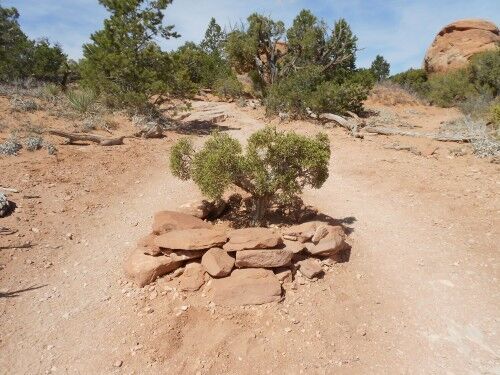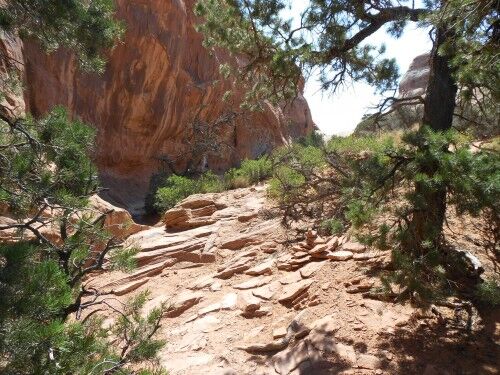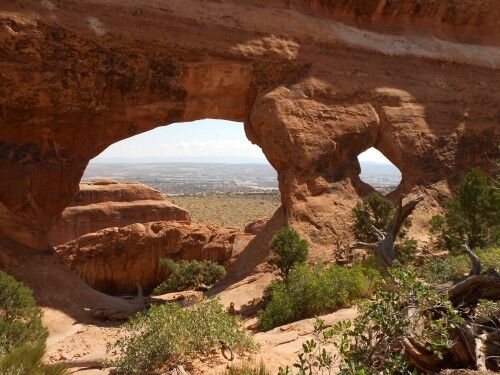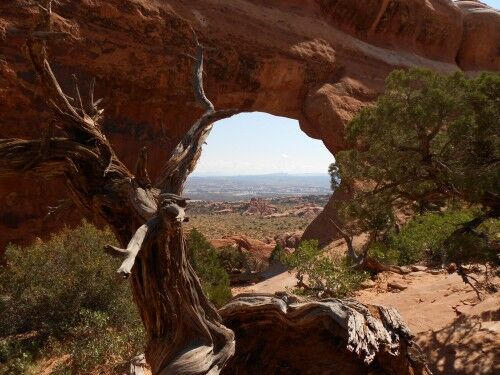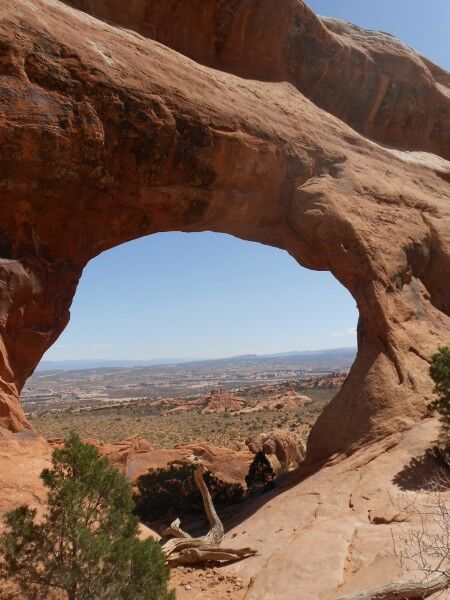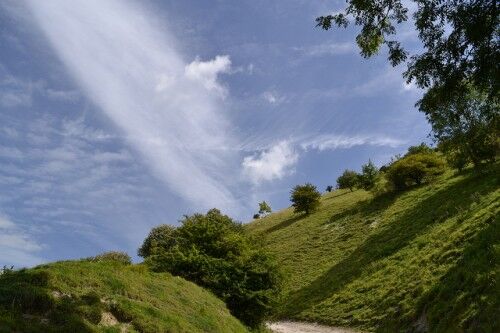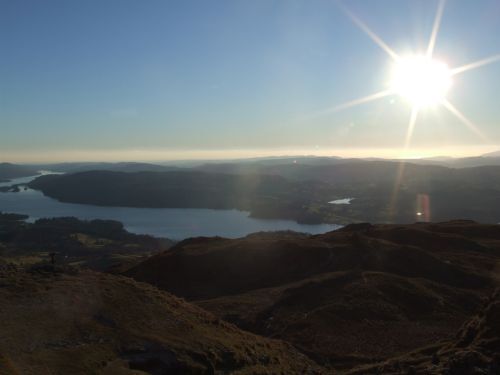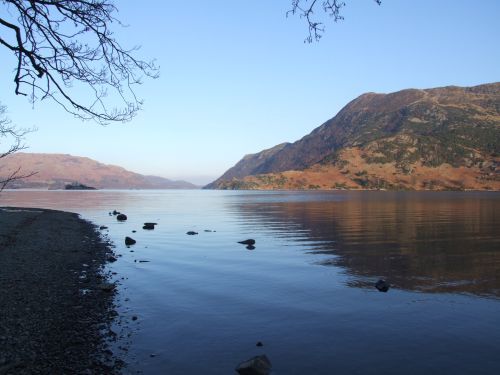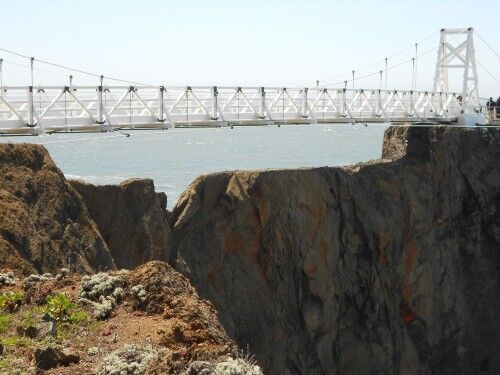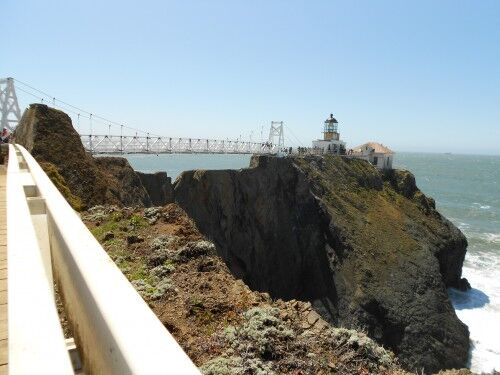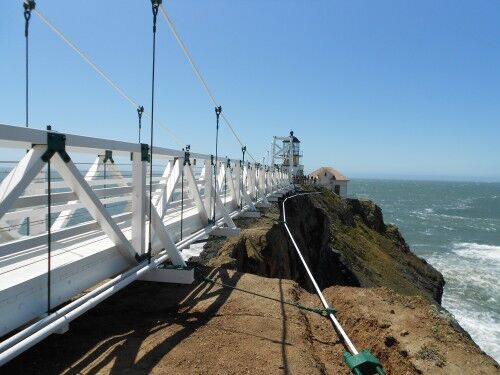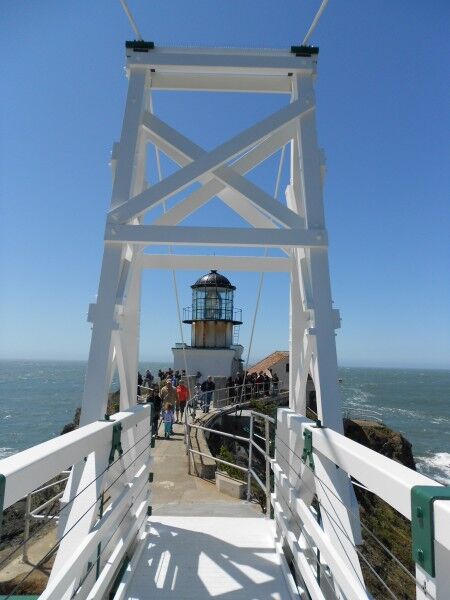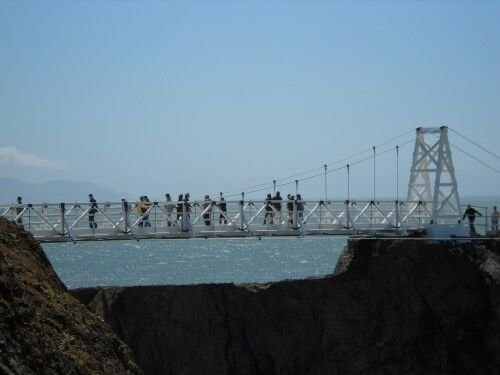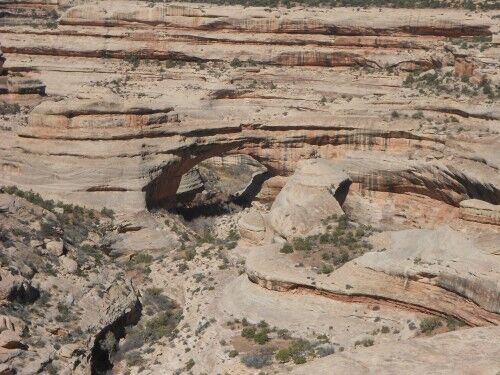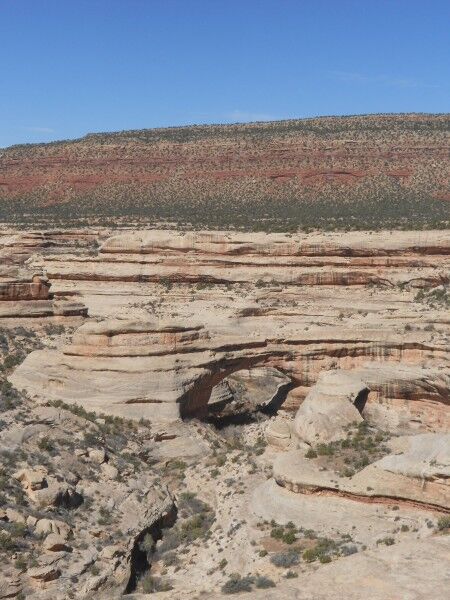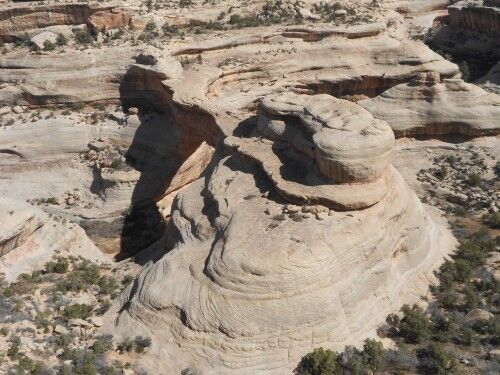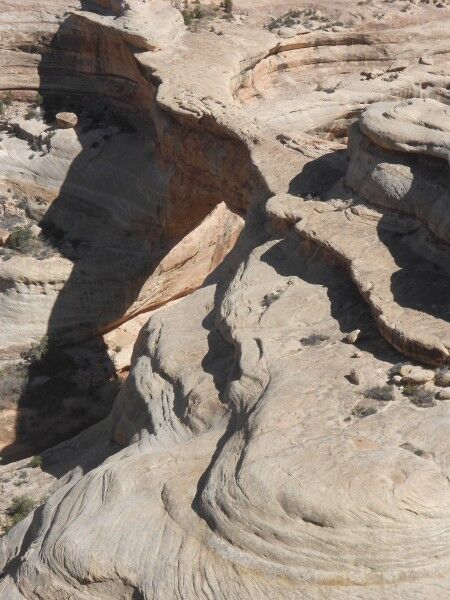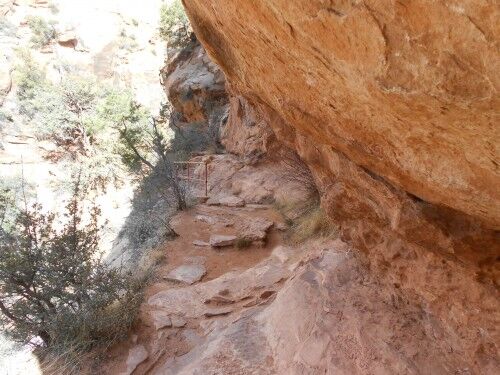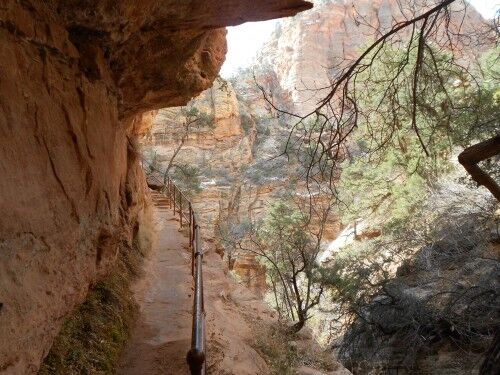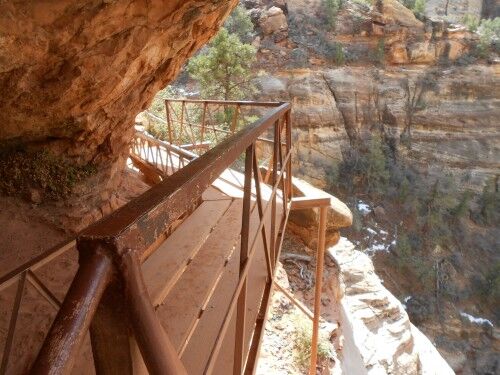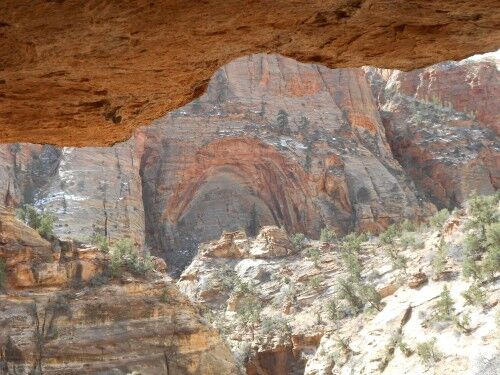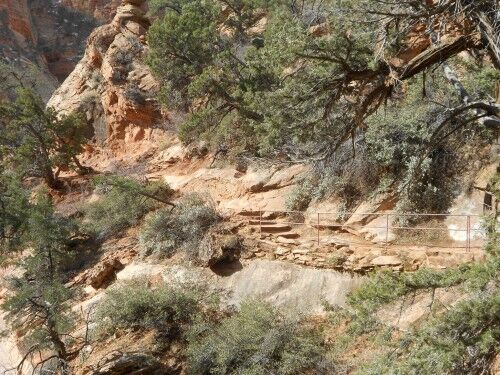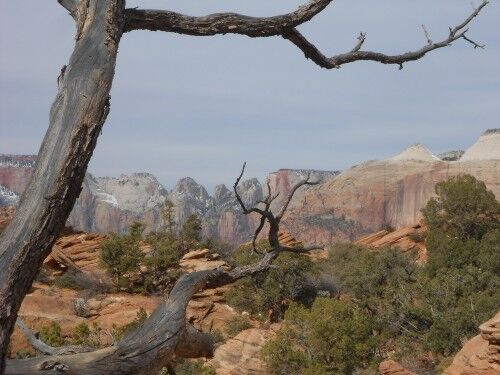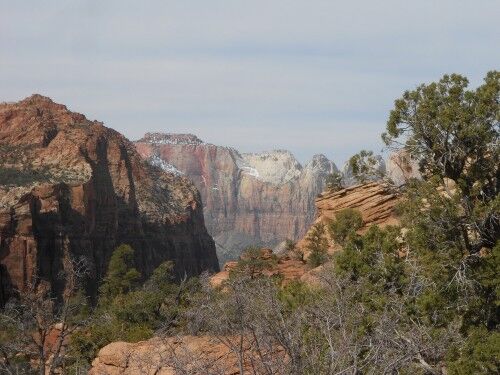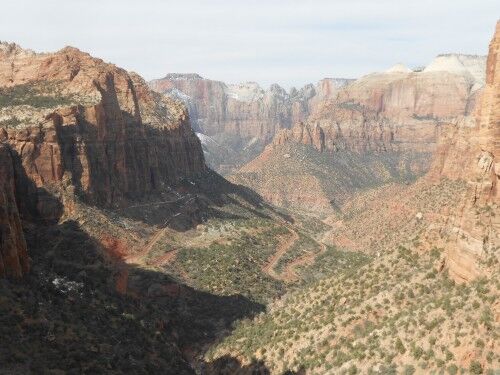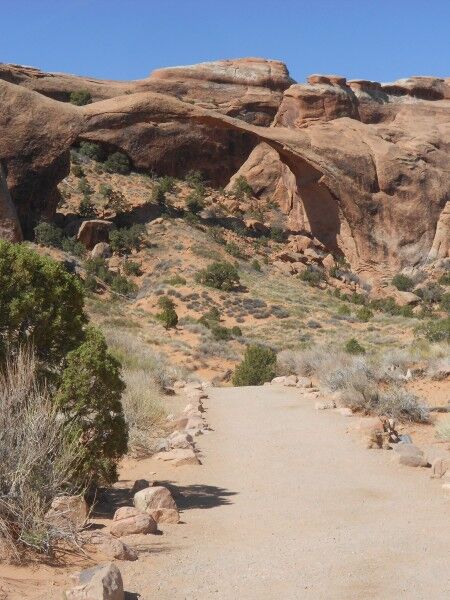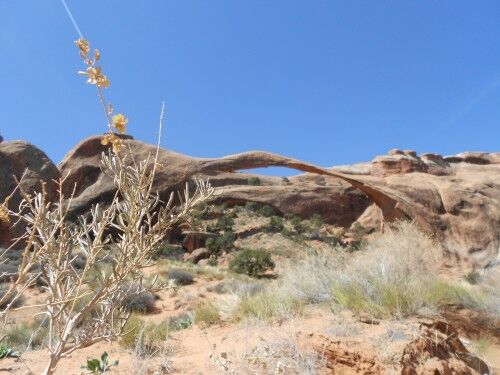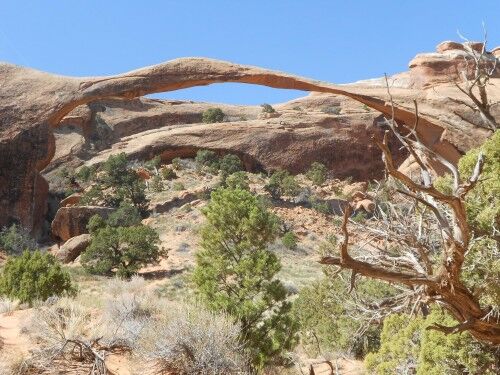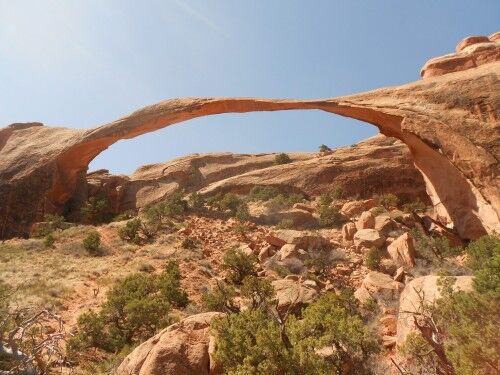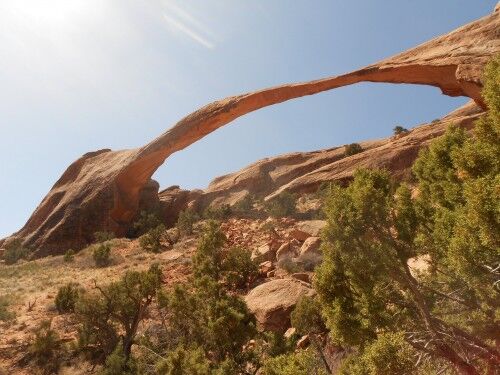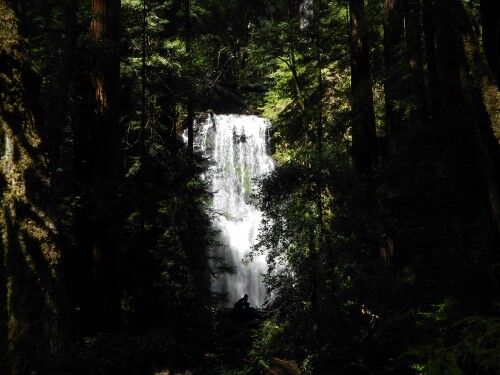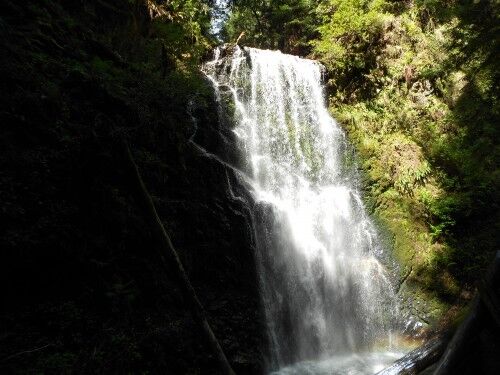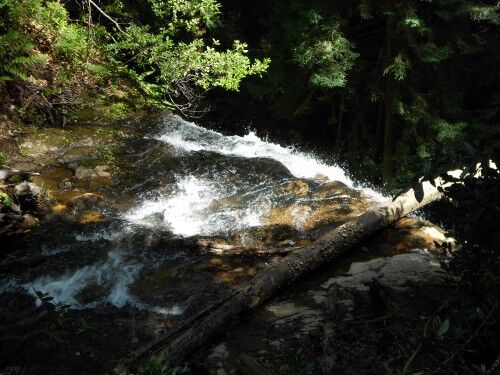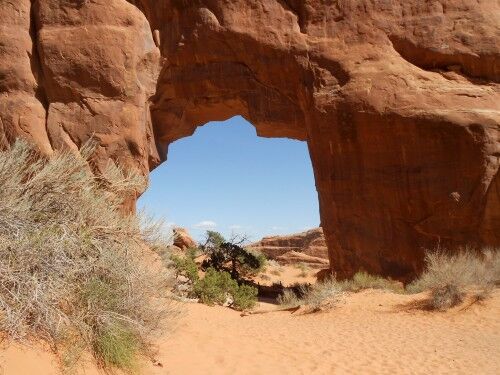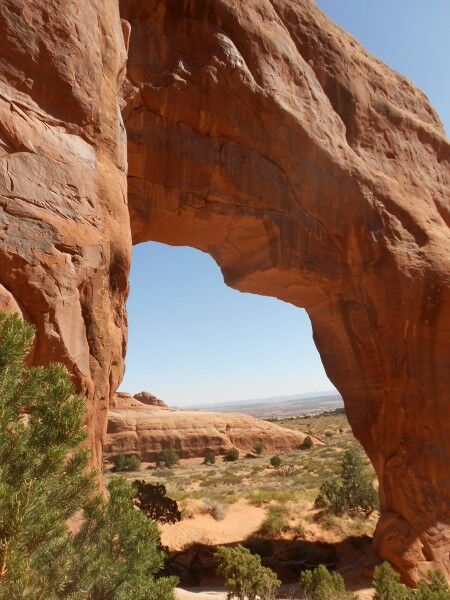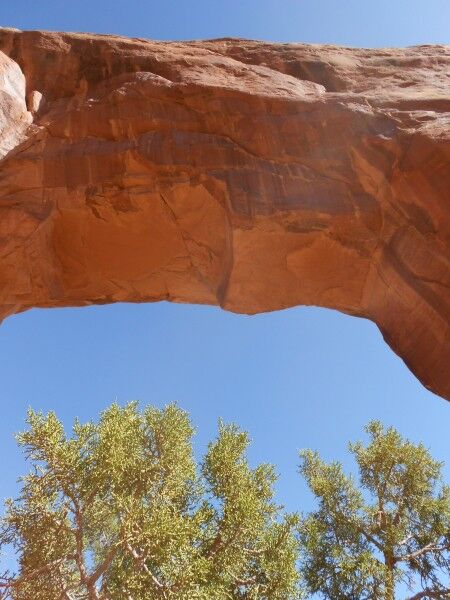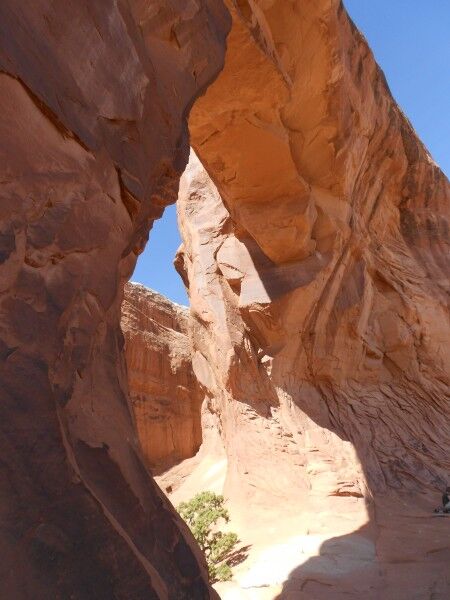I love finding wonderful little gems in the National Park system. There is one of these hidden surprises at mile marker 17.9 along California highway 199 in Smith River National Recreation Area, but it’s extremely easy to miss. The entrance to a gravel parking area is only marked with a small, easy to miss, nondescript brown sign at the side of the road which says “Botanical Trail.”
To the left side of the parking area is the trail head to a path that leads on a short .2 miles flat loop. This gravel covered path takes you to a serpentine bog where rare California Pitcher Plants (Darlingtonia californica) grow. There is a box at the trailhead which has an informational sheet that gives an excellent explanation of the area, and it’s well worth reading.
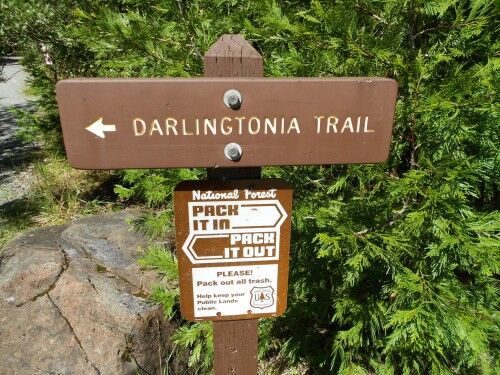
As you hike along the trail, there are a number of informational signs that give information about the plants and animals that live near the Pitcher Plant bog:
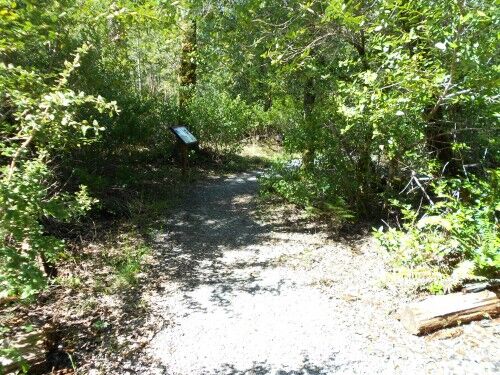
Although the bog isn’t all that big, there are a large number of Pitcher Plants growing in the area:
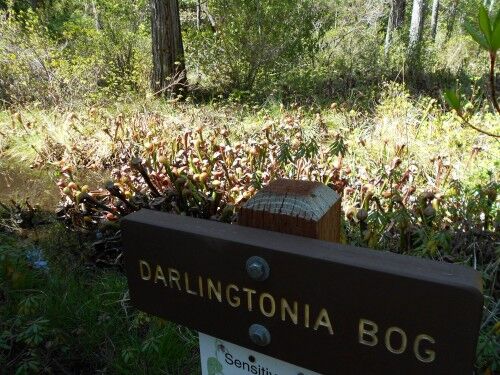
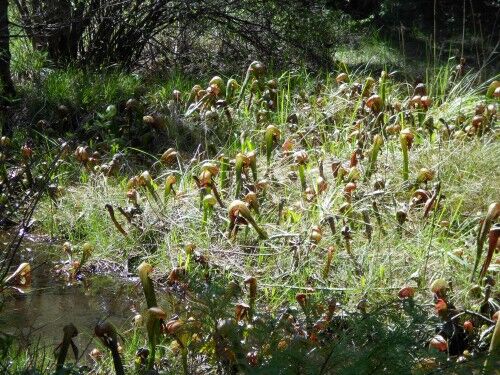
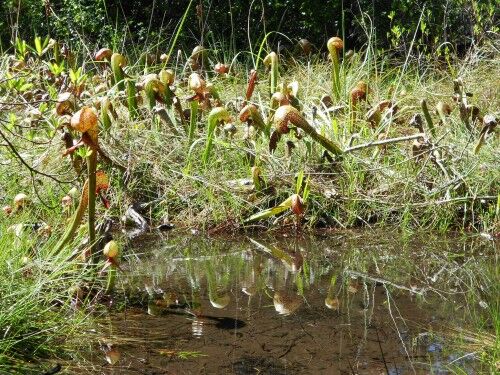
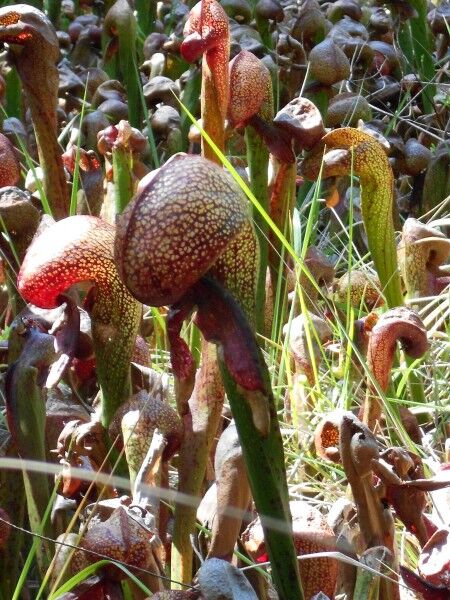
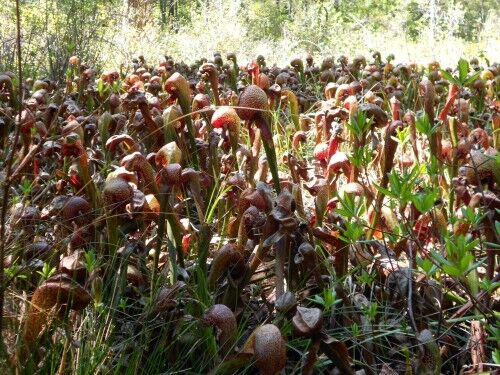
This is what the informational sheet has to say about the California Pitcher Plants:
Pictures Plants thrive in wetland environments where few other plants can survive. Most plants receive essential nutrients like nitrogen and phosphorus from the soil and not many can survive in wetlands. Wetlands typically have few nutrients available for plants. Darlingtonias receive their nitrogen and other nutrients from an unusual source — the insects and other small organisms that become trapped within the hood of the plant.
The hood and other appendages secrete a nectar that lures the insect into the hole on the underside of the hood. Light enters the transparent top of the hood and insect flies toward the light. But the hood’s slippery interior walls, with many downward-pointing hairs, impeded an escape and the invading insect falls into the “pitcher’s” water in the stem and drowns. Many minute organisms living in the water slowly consume the insect and, in the process, release essential nutrients that are absorbed by the Darlingtonia.
Do you see any Darlingtonia flowers? They almost appeared to be a separate plant, their reddish lily-like blossoms rising beside and often above the parent plant. The flower turns upright after pollination and you may see some of last year’s crop. Botanists are uncertain as to how exactly the flower is pollinated. Wouldn’t it be ironic if the Pitcher Plant’s source of pollination and food were the same insect? A real predicament!

